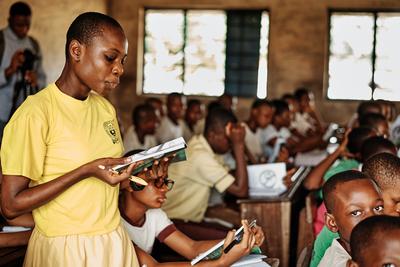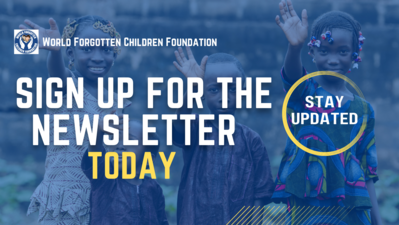
There are currently 240 million children living with disabilities globally. Children with disabilities suffer many disadvantages, such as discrimination and low school enrollment rates. Half of the children that have disabilities are also out of school. They are invisible to us, as they are often abandoned by their governments and communities. Their families often do not have the resources to support them, meaning that they are left with no one to give them the resources they need to survive (UNICEF, n.d.).
Although the world’s nations made an agreement to put children with disabilities at the forefront of international considerations, placing equity for children with disabilities as a goal in the Sustainable Development Goals (SDGs) and as aligned in the Convention on the Rights of the Child (CRC) and with the Convention on the Rights of Persons with Disabilities (CRPD), children with disabilities are still one of the most marginalized and discriminated against groups (UNICEF, n.d.).

In 2023, it is important for us to come together to remove barriers that have disallowed children with disabilities from flourishing. Nongovernmental organizations need to work with governments in order to work on implementing inclusive programs that would promote the participation of children with disabilities in society, whether it is by going to school or being in the workforce. There are a number of ways to go on about that integration, such as by integrating supplies into the governmental programs that are already in place. One main way of doing this that will help children with disabilities is by ramping up the provision of assistive devices and products that are integral for children with disabilities (UNICEF, n.d.).
Although it may seem difficult to make a difference, previous programs have shown how much positive change such provisions can have on children with disabilities. For example, in 2020, the UNICEF disability-inclusive development and humanitarian programs that were put in place allowed 2.2 million children with disabilities across 144 countries to live a better, more equitable life. While implementing these programs, it is important to keep in mind that stigma and discrimination plays a big role in the lives of children with disabilities. Including these factors in the programs being implemented is essential to making a successful program that will help the largest number of children with disabilities (UNICEF, n.d.).
Another aspect that may no longer be considered by many of us is the inclusion of children in the COVID-19 response. Many countries still struggle due to the pandemic and are in the process of recovering economically and socially. Children with disabilities need to be included in the response to the pandemic in order to ensure an equitable process of rebuilding (UNICEF, n.d.).

Children with disabilities suffer a lot of societal exclusion, and the costs of that exclusion are high. There is a growing body of research that suggests that it is paramount for us to focus our attention on the costs of exclusion, especially when it comes to societal aspects. For example, children with disabilities may not have as many friends, which will lead to weaker social skills and a harder time to get into the workforce (UNICEF, n.d.).
So in 2023, let us come together and put children with disabilities first. As one of the most discriminated against groups worldwide, they need our help the most, and every little act counts. At World Forgotten Children Foundation, we are committed to putting children with disabilities first and ensuring that they get the support and resources that they need. You can be a part of our mission today by donating and helping children with disabilities around the world!
References:
UNICEF. (n.d.). How to help children with disabilities. UNICEF USA. https://www.unicefusa.org/mission/protect/disabilities


